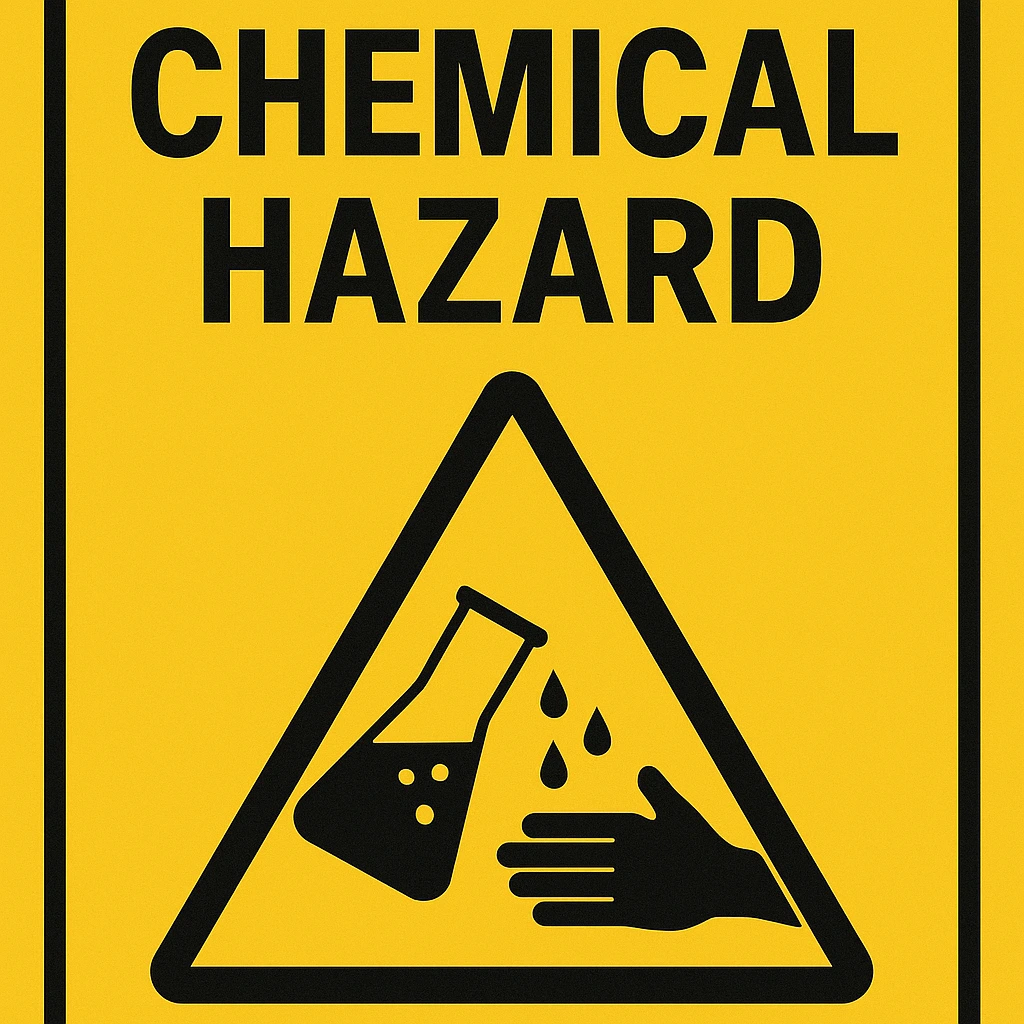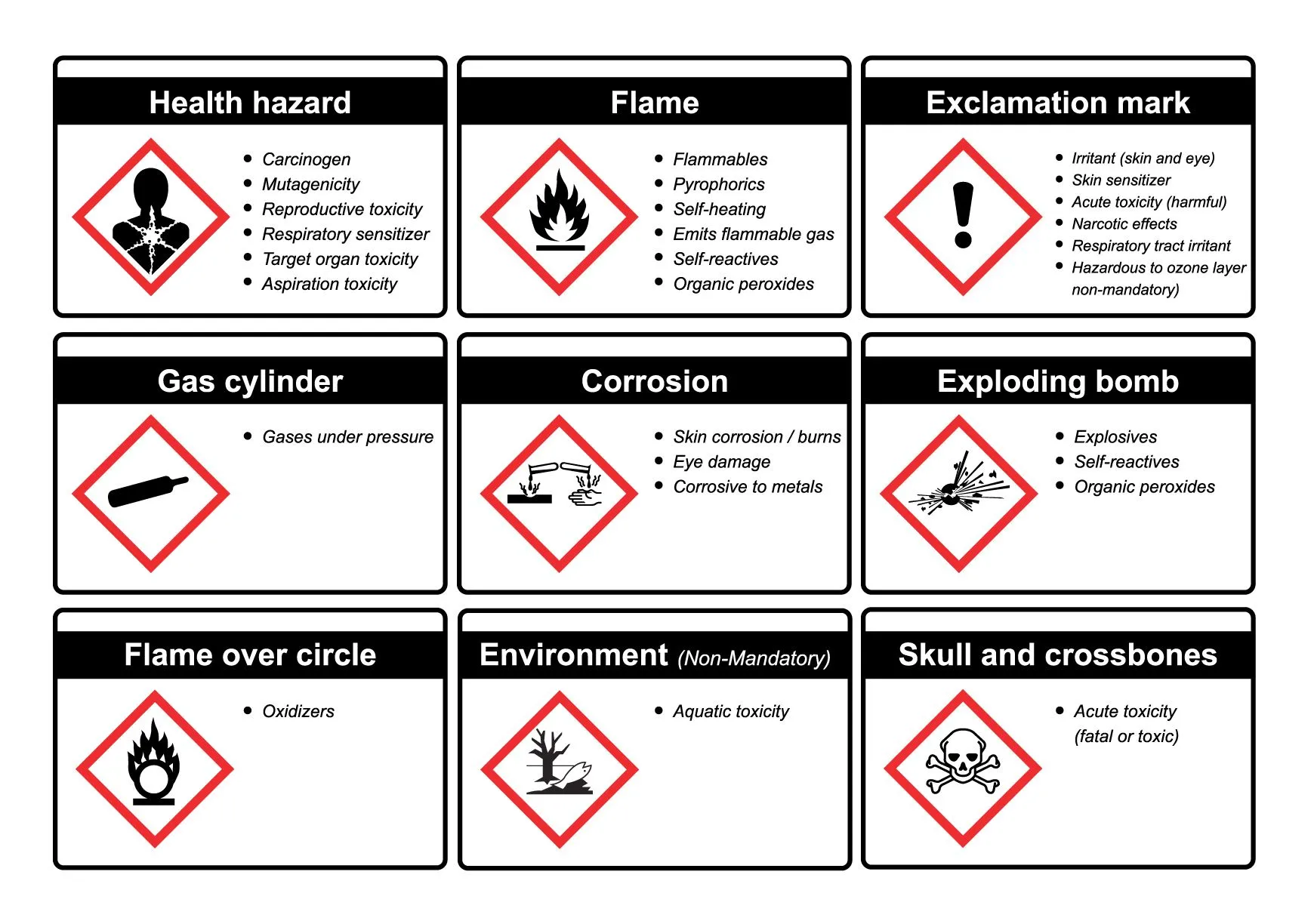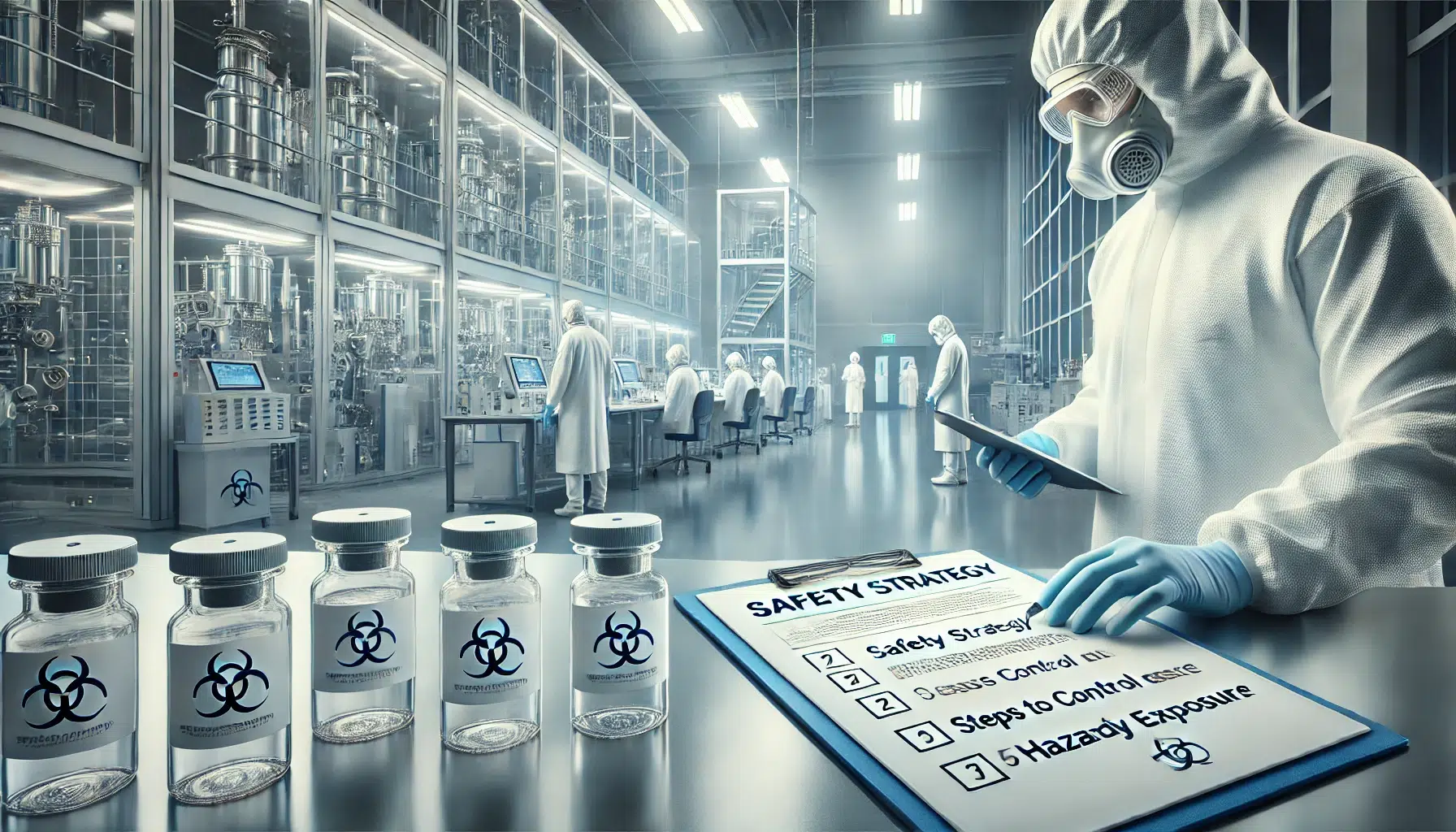Introduction
Working in any laboratory environment often involves exposure to hazardous materials. While the specific hazards may vary depending on the lab’s focus, they generally include chemical substances and equipment that pose risks. These hazardous materials can lead to a wide range of health issues, such as irritation, sensitization, and potential carcinogenic effects. Additionally, they present significant physical risks, including flammability, corrosion, and the potential for explosion.
Physicochemical and chemical laboratories, in particular, routinely handle diverse hazardous substances. Therefore, it is critically important to thoroughly understand the risks associated with these hazardous materials, their inherent properties, and the correct procedures for their safe handling. Protecting yourself and ensuring a secure working environment requires this fundamental knowledge.
To equip you with this essential understanding, we will dive into the comprehensive classification of hazardous materials according to the Globally Harmonized System of Classification and Labelling of Chemicals (GHS).

Hazardous chemicals
Hazardous chemicals are classified into:
Physical Hazards
These relate to the physical or chemical properties of the chemical, such as flammability, explosivity, or reactivity.
1- Flammable Chemicals
Specific Hazards:
In addition to the immediate fire risk, the rapid combustion of flammable materials can lead to thermal hazards and structural damage. The potential for vapor cloud explosions (VCEs) arises when significant quantities of flammable vapors accumulate and ignite, especially in confined spaces. Static electricity can also act as a considerable ignition source when handling non-conductive flammable liquids. So, how to handle this:
Safe Handling Practices:
- Strict control of ignition sources is important. This includes the use of intrinsically safe equipment in areas where flammable vapors may be present, proper grounding and bonding during the transfer of flammable liquids to prevent static discharge, and the use of non-sparking tools
- Storage in Underwriters Laboratories (UL) or Factory Mutual (FM) approved flammable liquid storage cabinets is essential, ensuring proper ventilation and limiting quantities.
- Procedures involving the heating of flammable solvents should be conducted using appropriate equipment, such as heating mantles with temperature control, in well-ventilated areas or fume hoods with non-sparking components.
- If refrigeration is required, the refrigerator or freezer must meet NFPA Standards for flammable storage. Flammable materials, refrigerators, and freezers have spark-free interiors. All units designed for flammable storage are marked as “approved for flammable storage.” All units not approved are marked “not for flammable storage” or other similar wording.
- For gas cylinders containing flammable gases, secure storage, proper labeling, and effective leak detection protocols are vital. Regulators and transfer lines must be suitable for the specific gas.
2. Corrosive Chemicals
Specific Hazards:
Exposure can lead to severe chemical burns, permanent scarring, and blindness. Inhalation of corrosive vapors can cause serious respiratory damage. Contact with metals can generate flammable hydrogen gas in the case of some acids. So, how to handle it:
Safe Handling Practices :
- The required use of appropriate chemical-resistant gloves (such as nitrile or neoprene), tight-fitting safety goggles, and face shields is crucial. Acid-resistant lab coats or aprons provide additional protection.
- When diluting concentrated acids, always add acid slowly to water, stirring to dissipate heat, to prevent violent splashing.
- Work involving volatile corrosives should be performed in a properly functioning fume hood to prevent inhalation of hazardous vapors.
- Dedicated storage areas, separated for acids and bases, are necessary, often with secondary containment to capture leaks.
- For highly reactive corrosives, such as oleum or anhydrous aluminum chloride, more stringent procedures and specialized PPE may be required, as outlined in the SDS and institutional protocols.
Health Hazards
These relate to the ability of the chemical to cause a health effect when inhaled, ingested, or absorbed through the skin.
- Acute Toxicity: Causing adverse effects after a single or short exposure (e.g., cyanide, highly concentrated acids/bases).
- Skin Corrosion/Irritation: Causing irreversible skin damage or reversible skin irritation.
- Serious Eye Damage/Eye Irritation: Causing irreversible eye damage or reversible eye irritation.
- Respiratory or Skin Sensitization: Causing allergic reactions when inhaled (respiratory) or on contact with skin (skin sensitizer).
- Germ Cell Mutagenicity: Causing changes in genetic material that can be inherited.
- Carcinogenicity: Causing or potentially causing cancer (e.g., formaldehyde, benzene).
- Reproductive Toxicity: Causing adverse effects on sexual function and fertility, or developmental toxicity to offspring.
- Specific Target Organ Toxicity – Single Exposure (STOT-SE): Causing specific organ toxicity after a single exposure.
- Specific Target Organ Toxicity – Repeated Exposure (STOT-RE): Causing specific organ toxicity after repeated exposures.
- Aspiration Hazard: Causing severe effects (e.g., chemical pneumonia) if aspirated into the lungs (e.g., hydrocarbons).
Environmental Hazards
These relate to the potential for chemicals to harm the environment.
- Hazardous to the Aquatic Environment: Acute or chronic toxicity to aquatic organisms.
- Hazardous to the Ozone Layer: Causing damage to the atmospheric ozone layer.
Here is the pictogram from the Global Harmonized System (GHS), which summarizes and symbolizes the discussion so far:

How This Classification is Communicated in a Laboratory:
- Safety Data Sheets (SDS): Every hazardous chemical must have an SDS, a comprehensive document (16 sections) providing detailed information on its hazards, safe handling, storage, emergency procedures, and more. Section 2 of the SDS specifically lists the GHS hazard classifications.
- Labels: Chemical containers in the lab should bear GHS-compliant labels, which include:
- Pictograms: Standardized symbols (usually a black symbol on a white background with a red border) representing specific hazard classes (e.g., flame for flammables, skull and crossbones for acute toxicity).
- Signal Words: “Danger” (for more severe hazards) or “Warning” (for less severe hazards).
- Hazard Statements: Standardized phrases describing the nature of the hazard (e.g., “Highly flammable liquid and vapor,” “Causes severe skin burns and eye damage”).
- Precautionary Statements: Recommended measures to minimize or prevent adverse effects (e.g., “Keep away from heat/sparks/open flames/hot surfaces. – No smoking.”).
- Product Identifier and Supplier Information.
By understanding these classifications and the information on SDS and labels, laboratory personnel can properly handle, store, and dispose of chemicals safely, minimizing risks to themselves, others, and the environment.
You can read more: Safety Strategy: 5 steps to control Hazard exposure in Pharmaceutical industries
Reference
1. Lab Safety Manual: Working with Hazardous Materials | Hampshire College. https://www.hampshire.edu/lab-safety-manual-working-hazardous-materials.
2. eTool : Hospitals – Laboratory – OSHA Laboratory Standard | Occupational Safety and Health Administration. https://www.osha.gov/etools/hospitals/laboratory/osha-laboratory-standard.
3. National Center for Biotechnology Information. PubChem GHS: Globally Harmonized System of Classification and Labelling of Chemicals. U.S. National Library of Medicine. Retrieved from https://pubchem.ncbi.nlm.nih.gov/ghs/
4. Environmental Health & Safety, Washington State University. GHS Hazard Classification. Retrieved from https://ehs.wsu.edu/ohs-ghshazardclassification/


Very useful article